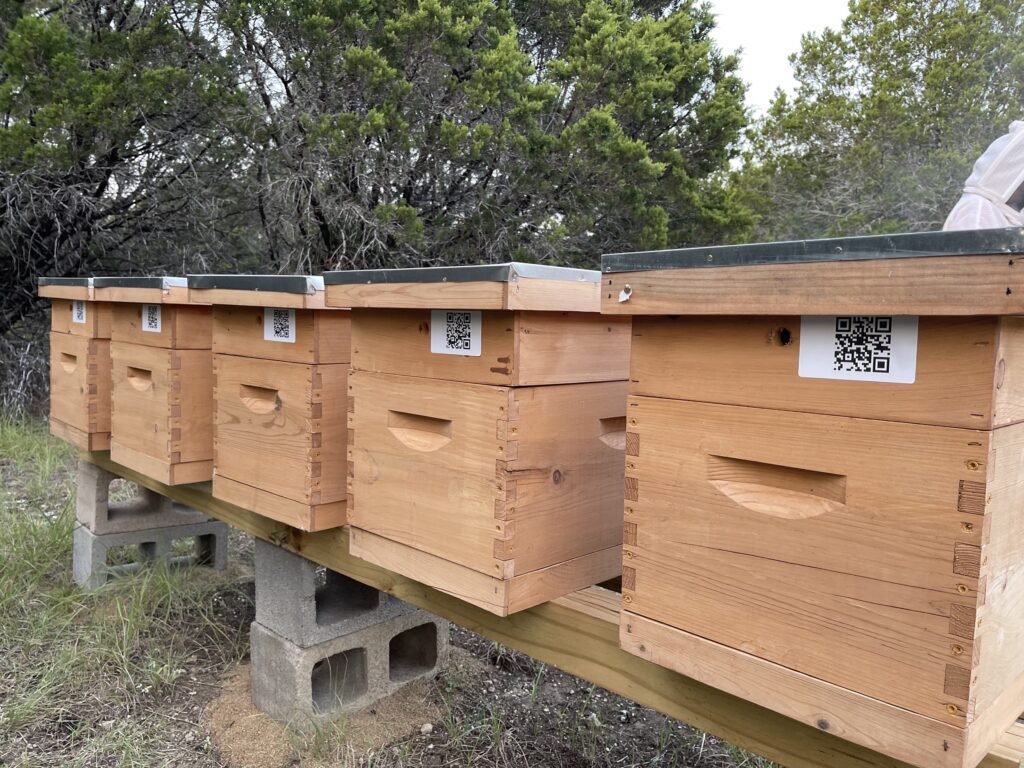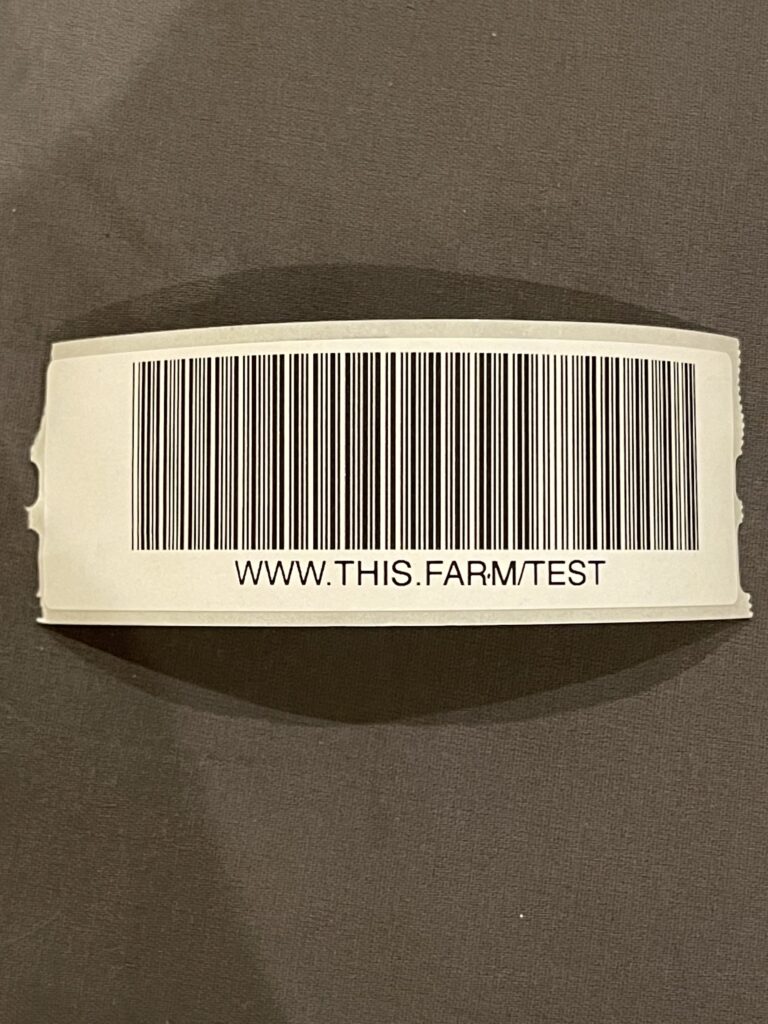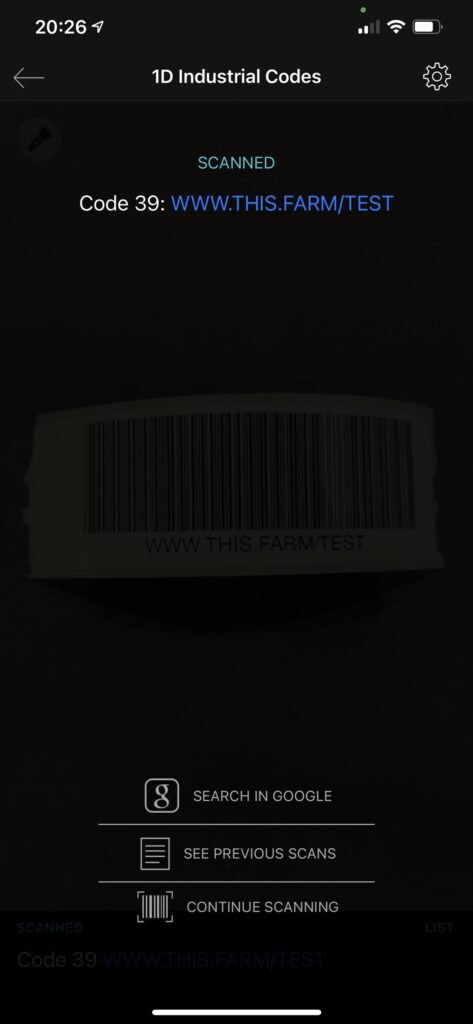Quite a bit of work can go into assessing hives during inspection (ideally weekly, or at a maximum, monthly inspection). It’s easy to lose track of time and spend hours inspecting hives, especially when I’m trying to document and resolve problems that I may encounter, which then carries over to extended scheduling on Google Calendar and setting up tasks on my agricultural Kanban board on Trello. As I continue applying technology to manage the local ecology at my home, these are my plans for managing hundreds of thousands (and steadily approaching millions) of honey bees which propel surrounding vegetation by pollinating almost everything that they touch:
Round 1
2021-08-24
I’ve researched and found a label maker (DYMO® LabelWriter® 450 Twin Turbo Label Printer) that I’m writing software for, and will deploy to a microcontroller — such as a Raspberry Pi. My working theory at present, and for how this can be applied to beehives:
- Print a QR code on a large label for each hive super (like a building storey) and feeder (where a blended mix of water and sugar go).
- Print a UPC on a smaller label for each frame in a hive super where the comb is made, honey is stored, eggs are laid, etc.
- Each time I’ve put on the bee suit, rather than trying to fumble with pictures and taking notes while wearing thick leather gloves, I’ll just keep the video recording on my phone.
- As each video automatically synchronizes from my phone across solar-powered Wi-Fi (more on this and channel bonding of cellular and satellite in subsequent articles), add it to a Google Photos album (this could be done automatically with geofencing) that’s frequently checked by my software on a remote server (ahem, “the cloud”).
- My Python program splits the video, based upon toggling with QR codes. So, when it sees QR code 123 it starts the split, then when it sees QR code 123 again, it stops the split. That content could then have audio transcribed, and potentially, some NLP could be applied via NLTK for my aformentioned calendar or kanban.
There’s plenty of room for more exotic setups, such as an iOS application in my preferred language for iOS, Swift, but I’m simply gunning for an MVP to cover my needs at the moment, and so that I can continue building out other systems.
2021-08-31
I bought a short domain (this.farm) for URL shortening and redirection, which I’ll use to dump everything about livestock, feed, inventory, equipment, etc. into a Django-based system; and when this works “good enough” for me, open it up for others to use as well.
2021-09-10
There is certainly room for improvement with the labels, and I am still grappling with seamless creation inside Python for the label maker. For generating shorter UUIDs, I found the Short UUID Python package. My wife found an iOS app., BeePlus Beekeeping Manager, which natively works with our generated QR codes, which we started using today.

Did this article save you time or money? I'd love a coffee!
Did you find this useful?
Please share with those who you believe would find this useful too!

